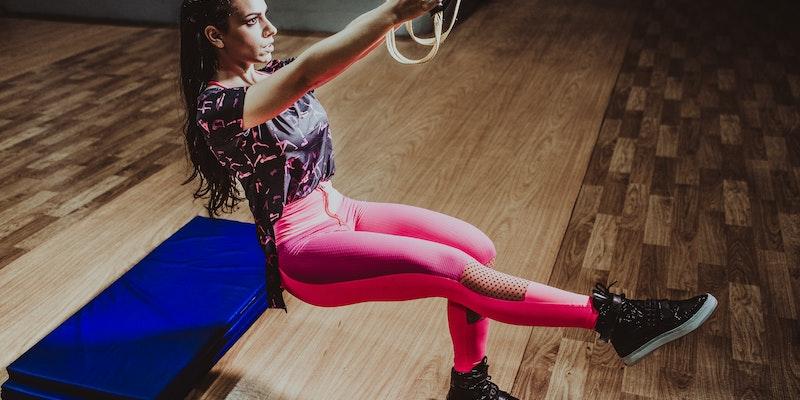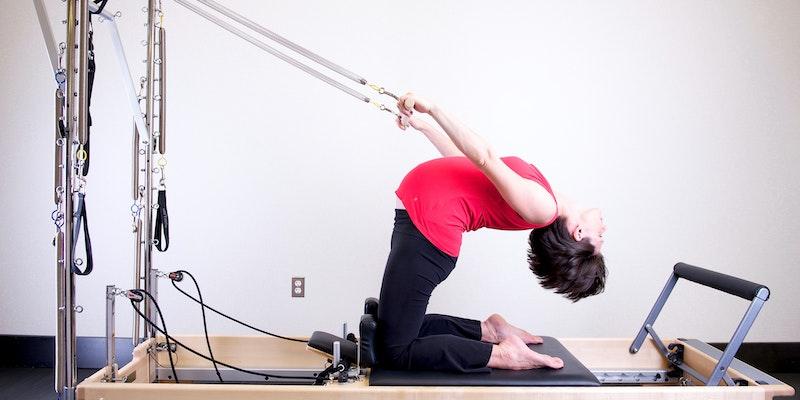The importance of core strength and stability cannot be stressed enough, especially for those who engage in regular physical activity. One of the most effective exercises that target this region is the Pallof press. Introduced to the fitness community by a physical therapist named John Pallof and later popularized by experts like Eric Cressey and Tony Gentilcore, the Pallof press has become a favorite among many for its potential benefits.
What is the Pallof Press?
The Pallof press is a unique anti-rotation exercise that challenges the larger and smaller muscles surrounding the spine, aiding them to resist unwanted rotation. The exercise involves holding a resistance band or cable before your body and pressing it out and back in. The primary challenge comes from the tension of pulling the exerciser toward the anchor point. In countering this, your core works hard to maintain your position.
This exercise trains muscles to counteract rotational forces encountered in activities like squatting and deadlifting but also proves beneficial in daily life movements and sports involving quick direction changes or power throws.
Performing the Pallof Press Exercise
The Pallof press exercise stands as a gold standard for enhancing core stability. Recognized for its straightforward approach yet profound impact on muscle engagement, it has been widely adopted by fitness enthusiasts. Here's how you can get started.
To execute the standard Pallof press:
- Position yourself parallel to a cable machine or an anchor point for a resistance band.
- With both hands, grasp the handle or band.
- Ensure your torso faces forward, bringing your hands to your chest's center.
- Slowly extend your hands forward and then retract them to the starting position.
Muscles Engaged in Pallof Press Exercise

The Pallof press focuses on resisting rotation, but in doing so, it also engages a host of other important muscles:
Lower-body muscles
- Internal and external obliques
- Transverse Abdominals
- Rectus Abdominals
- Glutes
Upper-body muscles
- Rotator cuff
- Upper back
Secondary muscles
- Pectorals
- Triceps
Why You Should Include Pallof Press in Your Routine
Anti-rotational Strength Enhancement
By honing in on our obliques and abdominal muscles, the pallof press exercise brings the critical aspect of resisting unwanted rotation to the forefront. Think about when you swing a bat, a racquet, or even a golf club; this anti-rotational strength keeps you balanced, stable, and robust. And for those who are into lifting, mainly exercises like squats, the pallof press prepares your body to stay upright and sturdy.
The Versatility of the Pallof Press Exercise
Routine can be the biggest enemy of progress. Our bodies adapt, and before we know it, we hit plateaus. The Pallof press, an exercise that is anything but monotonous. This variability isn't just for novelty; it's functional. Different angles mean different challenges, and over time, the pallof press exercise can become an integral tool to enhance core strength from all perspectives.
More accessible Alternative to Side Plank
Side planks are challenging. But should that mean you give up on training that lateral core strength? Not. The Pallof press steps in as the knight in shining armor here. The Pallof press exercise allows everyone to effectively train their obliques and side muscles without putting undue pressure on shoulders or hips. Plus, the half kneel pallof press variation adds an extra layer of stability challenge, ensuring you're constantly pushing your limits.
Effective Warm-up
Warming up is non-negotiable, especially if you're about to lift heavy. Deadlifts, while immensely beneficial, can also be risky if your core isn't engaged and ready. The Pallof press isn't just an exercise; it's a preparatory tool. Before you even think of lifting that barbell, taking a few minutes to engage in the pallof press exercise ensures your core is awake, alert, and active.
By firing up those core muscles, you reduce the risk of injuries and are likely to lift better and more efficiently. And if you're just about to start your core training journey, even the half kneel pallof press can be a great way to warm up, focusing on balance, stability, and strength all at once.
Avoiding Mistakes with the Pallof Press Exercise

- While the Pallof press appears straightforward, there are nuances to its execution:
- The main goal is to prevent rotation. Excessive resistance can force your torso to rotate, negating the exercise's benefits.
- Keep your shoulders relaxed and chest forward. Elevated shoulders can cause unnecessary strain.
- An overly arched back can compromise the exercise's efficacy. Maintain an erect posture with engaged glutes to avoid this.
Pallof Press in Your Training Regimen
There’s more to the Pallof press than just standing there and pushing against a band. When you embed it strategically in your fitness routine, it can be a game-changer. The pallof press exercise doesn't merely serve as a standalone movement; its versatility makes it a robust tool in various aspects of your training.
Warm-up
We all know the importance of a good warm-up, right? Prepping your muscles and joints is essential before diving into more intense exercises. By incorporating a couple of sets of the Pallof press at the start, you're setting up your spine and core for the rigorous workout ahead. You're not looking to exhaust your muscles, merely to wake them up.
Recovery Exercise
Who said recovery has to be all about stretching and relaxing? Sometimes, reinforcing muscle strength is just as beneficial. The pallof press exercise, when done post-strenuous activities like squats or deadlifts, can significantly strengthen your core stability, aiding faster recovery.
Core Triset Example
Okay, let's get down to the brass tacks. We all love a good tri-set, mainly when it covers all bases. Start with the Pallof press to fire up those core muscles. Follow it up with a Farmer’s carry to engage your entire body and finish with an Ab-wheel rollout. This tri-set doesn't just provide a comprehensive core workout but also keeps things engaging and dynamic.
- Pallof press: 12 reps (each side)
- Farmer’s carry: 40 yards
- Ab-wheel rollout: 8-12 reps




